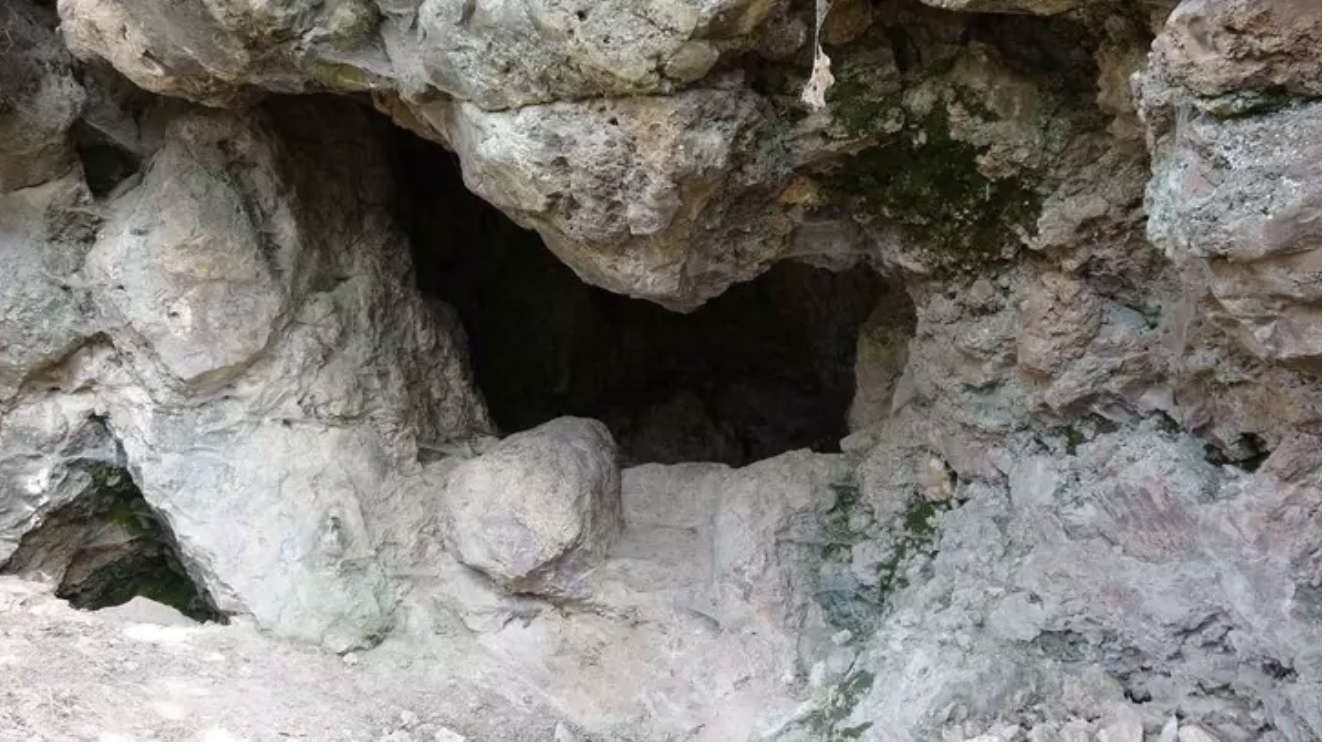Archaeologists have unearthed 86,000-year-old traces of human life and tools during the first excavation at İnkaya Cave in the western province of Çanakkale, Türkiye.
The excavation, led by İsmail Özer and the Troy Museum Directorate, is part of a project that began in 2017. Located near Bahadırlı village in the Çan district, the cave sits 235 meters above sea level and has a ceiling height of 3 meters. While previous digs revealed evidence of ancient habitation, this year’s findings are particularly significant.
İnkaya Cave is part of a Grade 1 Archaeological Site, designated in 2011 after the discovery of a Late Roman-Early Eastern Roman mosaic at nearby Çakmaktepe.
“The people who lived here during the Middle Paleolithic period resided in the region for extended periods, utilizing the area’s flint resources and water supply,” said Özer.
The excavations have uncovered previously undated sections of the cave, covering approximately 500 square meters. Erosion has exposed tools typical of the Middle Paleolithic period, some older than those found in other parts of the cave.
This year’s focus has been on different trenches within the cave, revealing not only additional tools but also insights into how they were used by early humans.
“By expanding the excavations in the coming years, we aim to better understand the cave’s potential,” Özer explained. So far, work has covered a 41-square-meter trench, showing significant promise for future discoveries.
Among this year’s notable finds are chipped stone tools still in their original positions.
“The importance of these tools lies in the evidence of a developing human brain,” Özer said. He noted that the tools reflect advanced techniques, with handles made from bone and dry skin to improve functionality, similar to modern knives, trowels, and cleavers.
The presence of these handles, which are rare, suggests that the people of this period were capable of producing more complex tools.
“Our findings show that these handled tools are unique in their design, showcasing the ingenuity of the people who made them,” Özer added.







